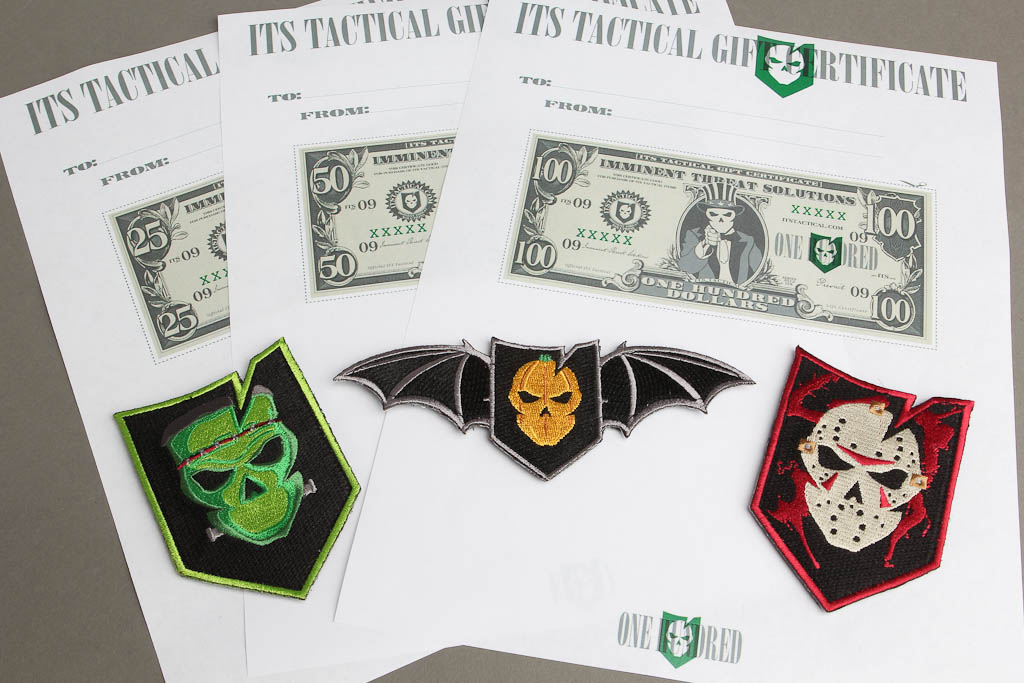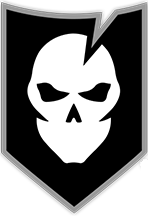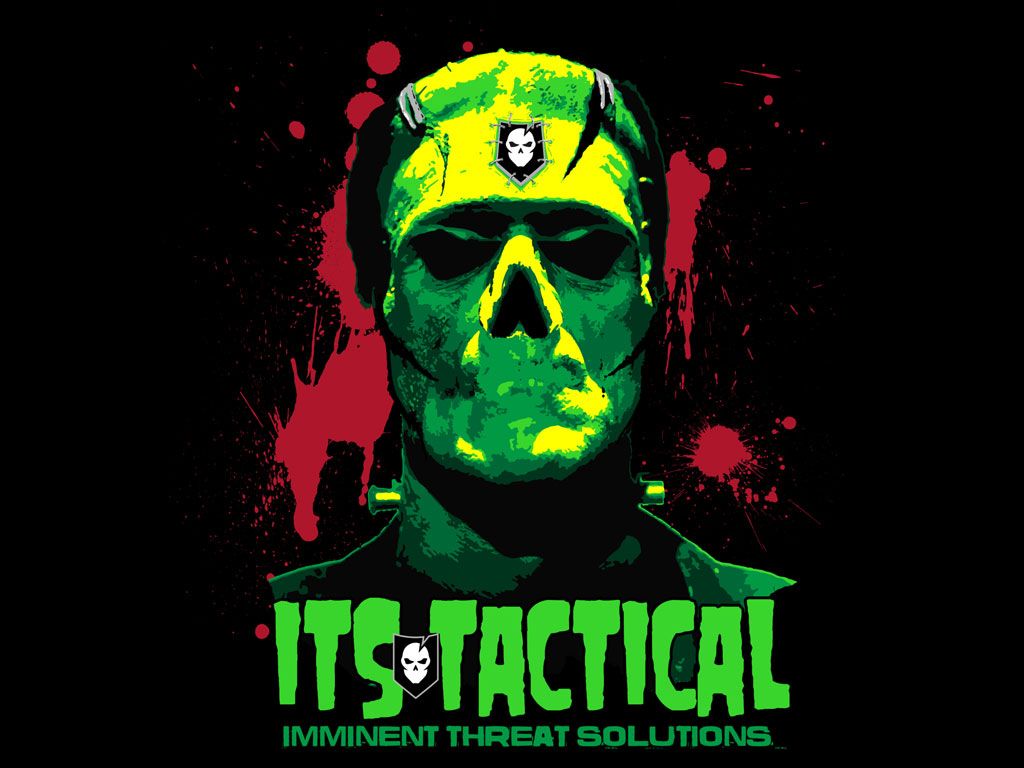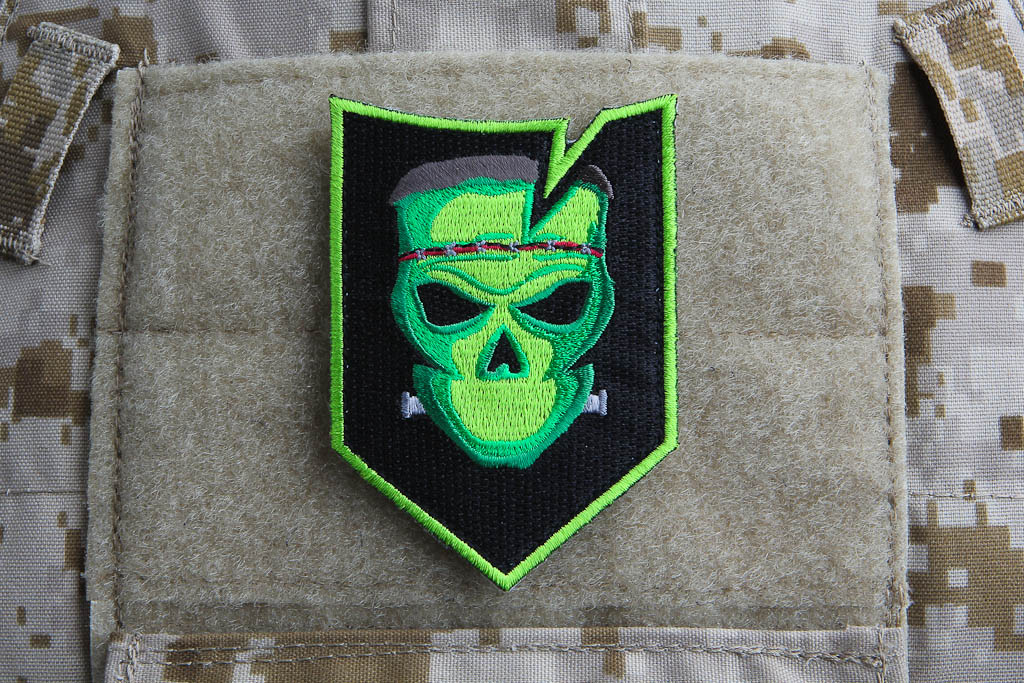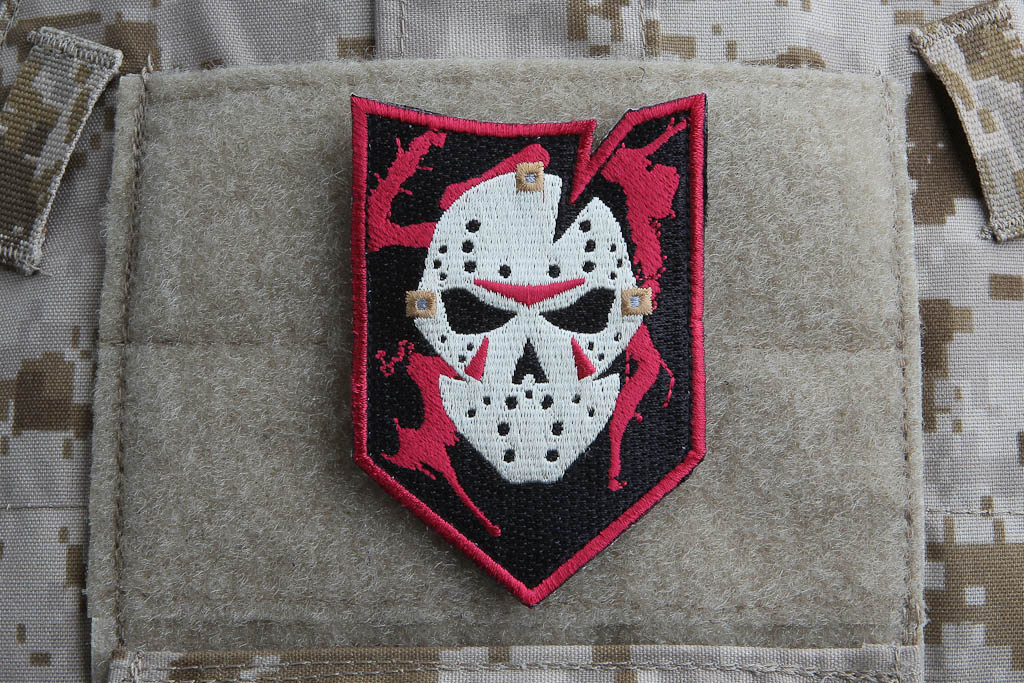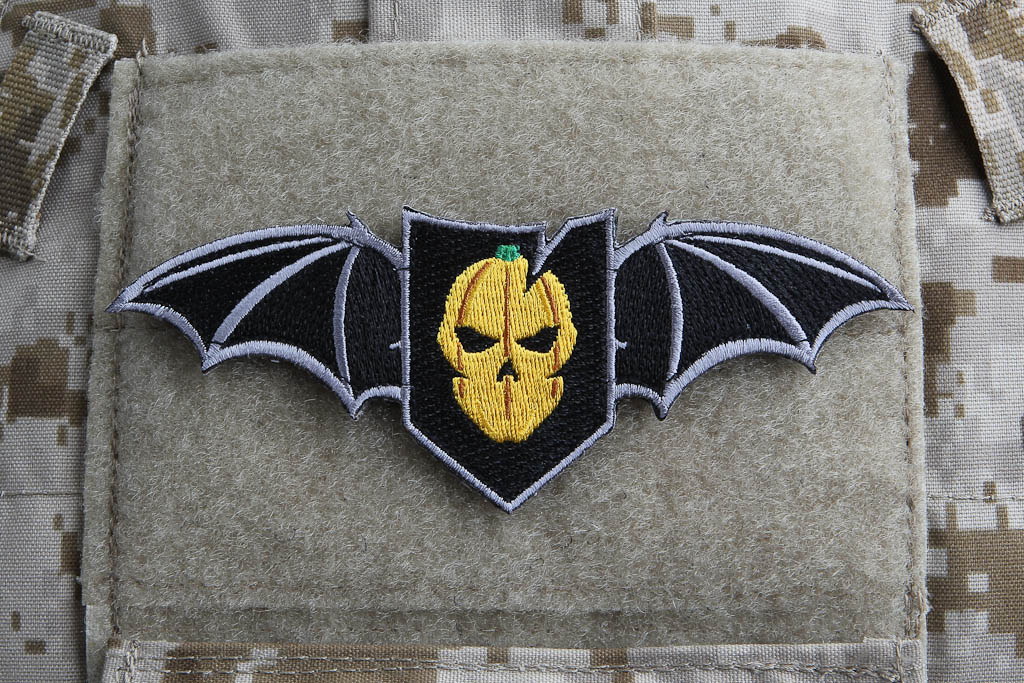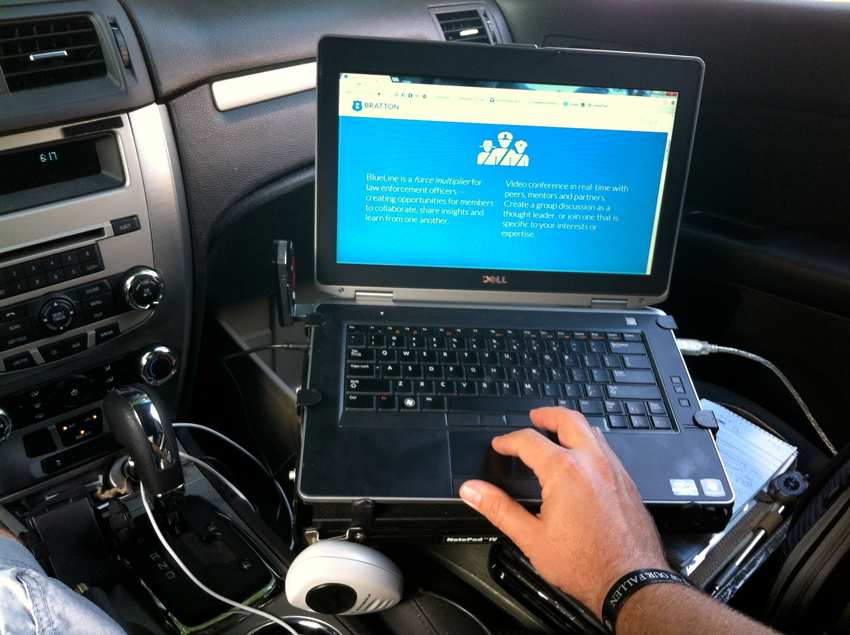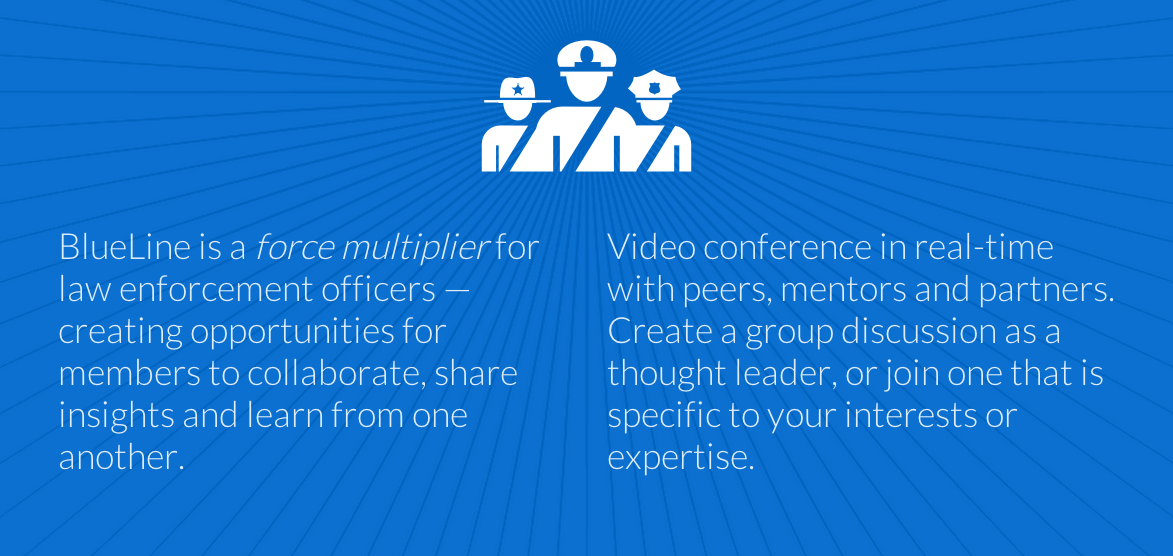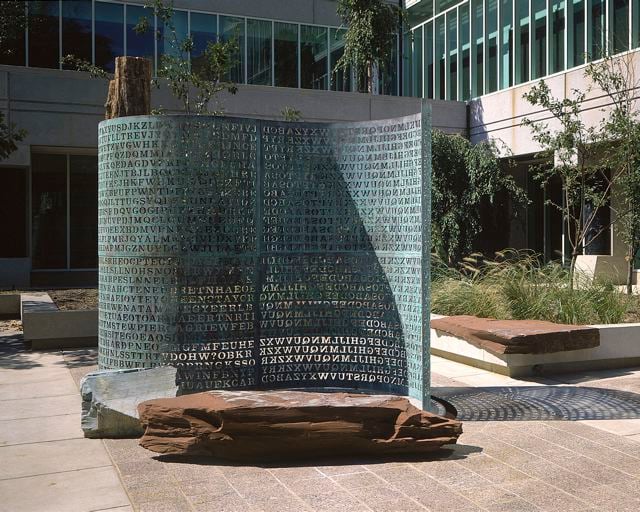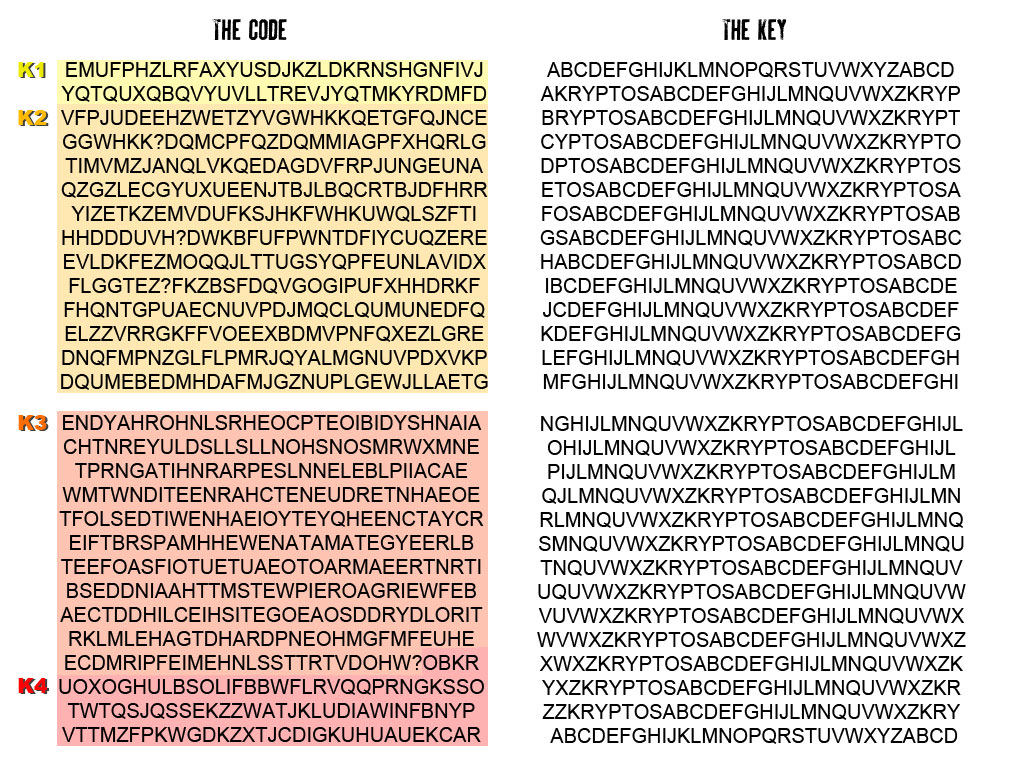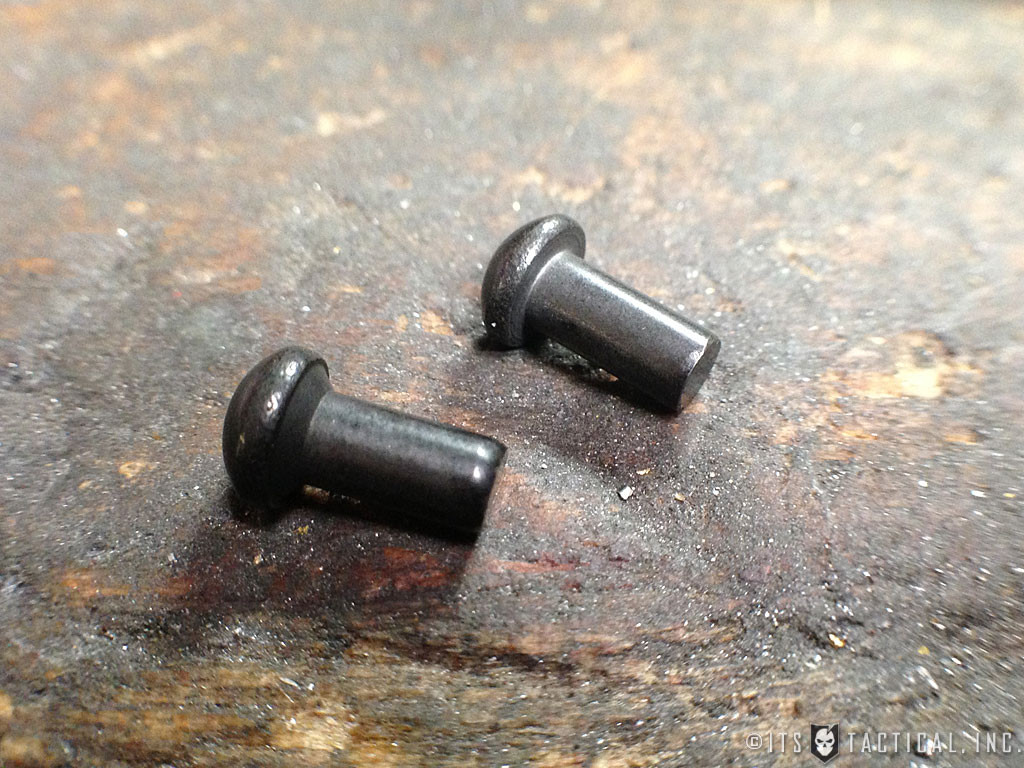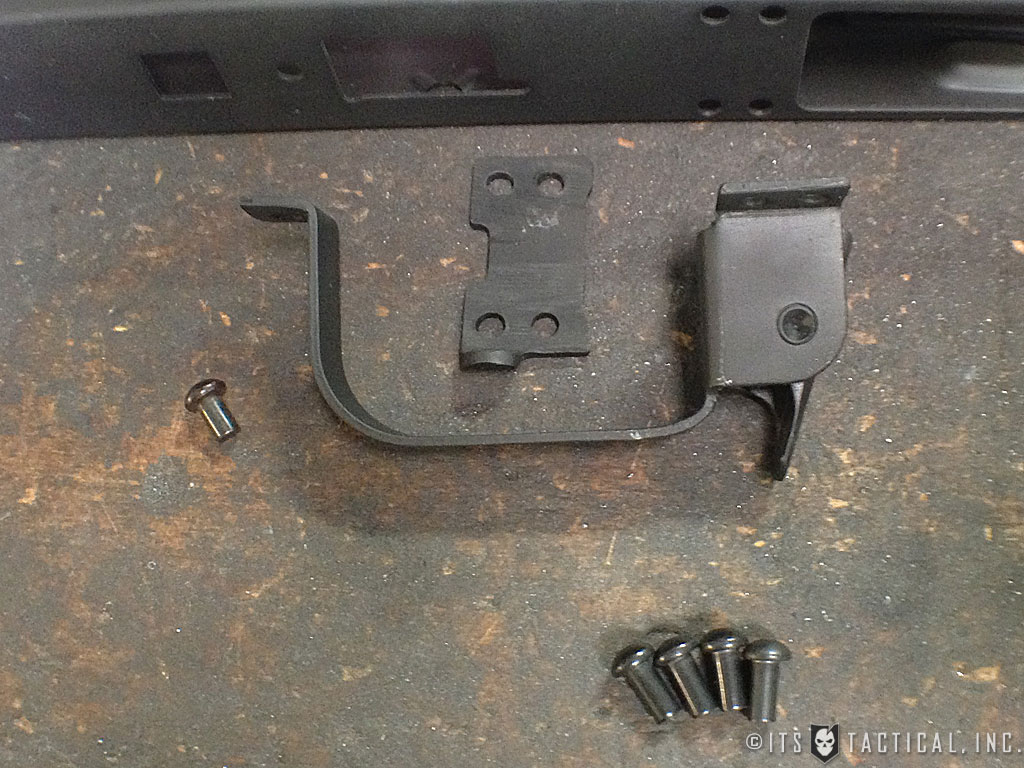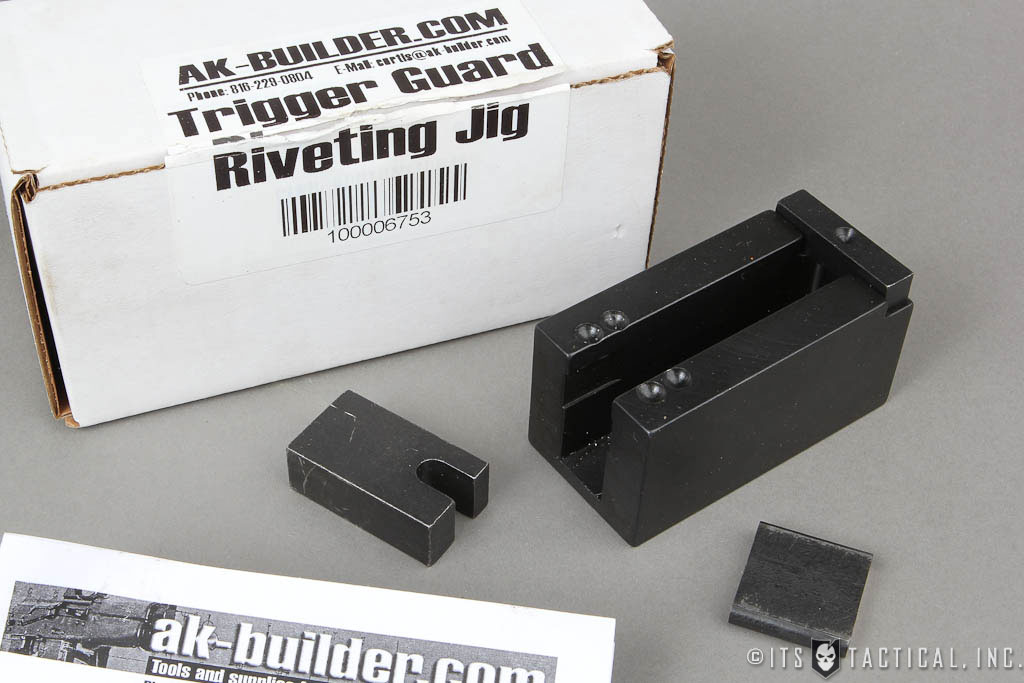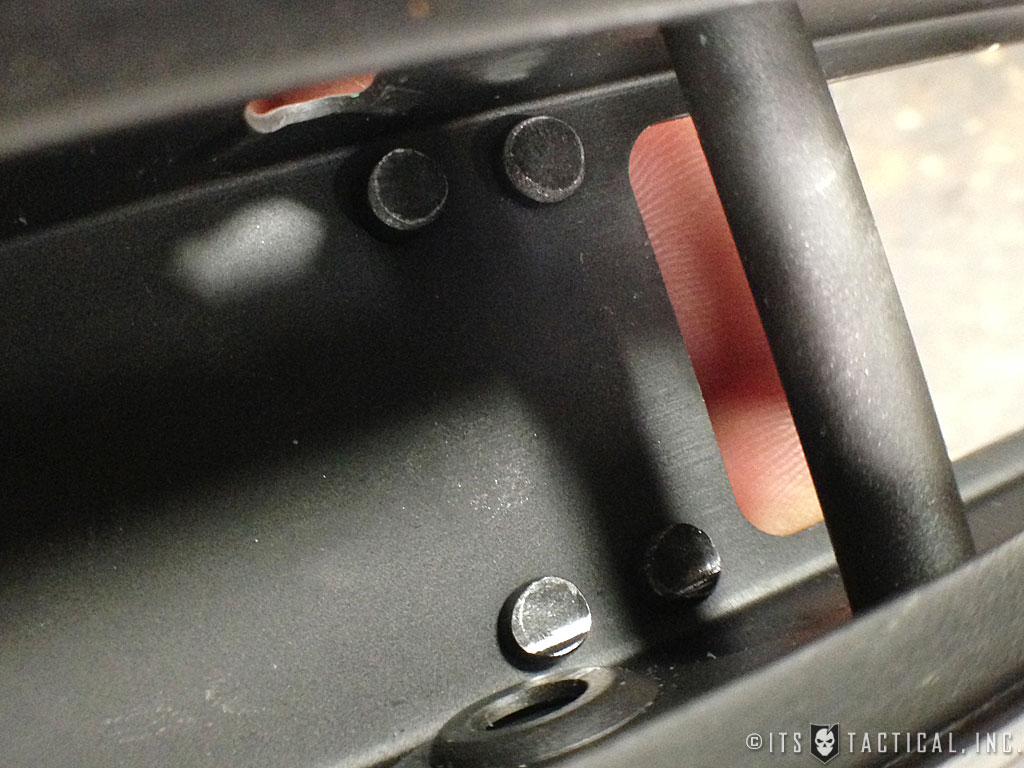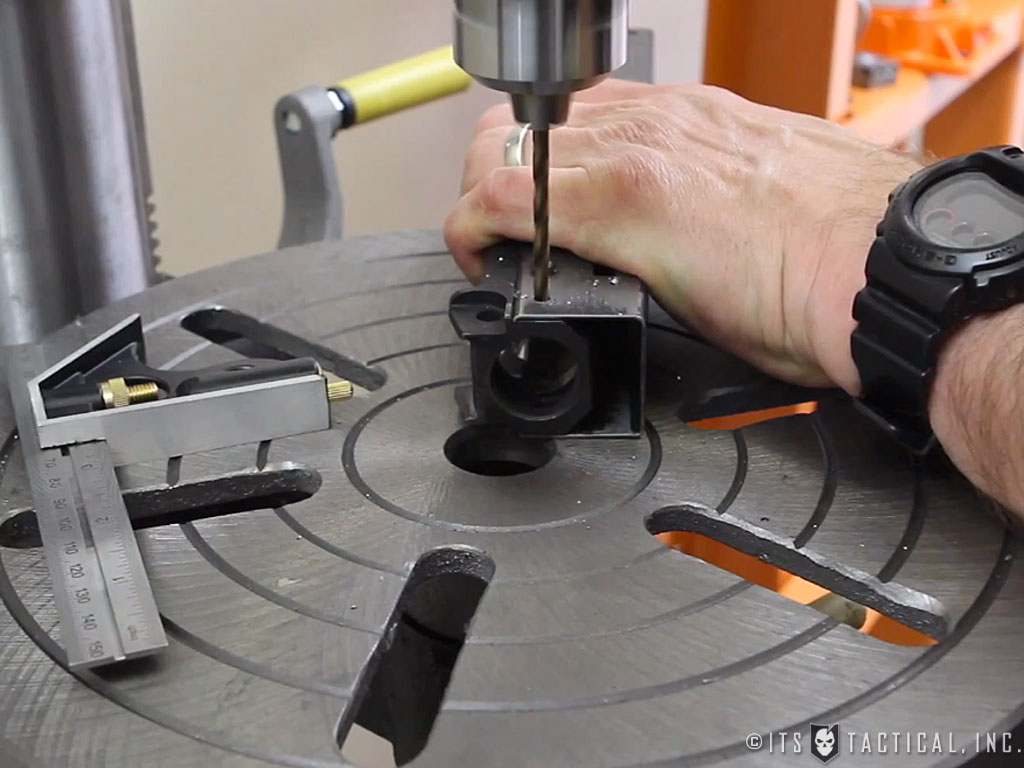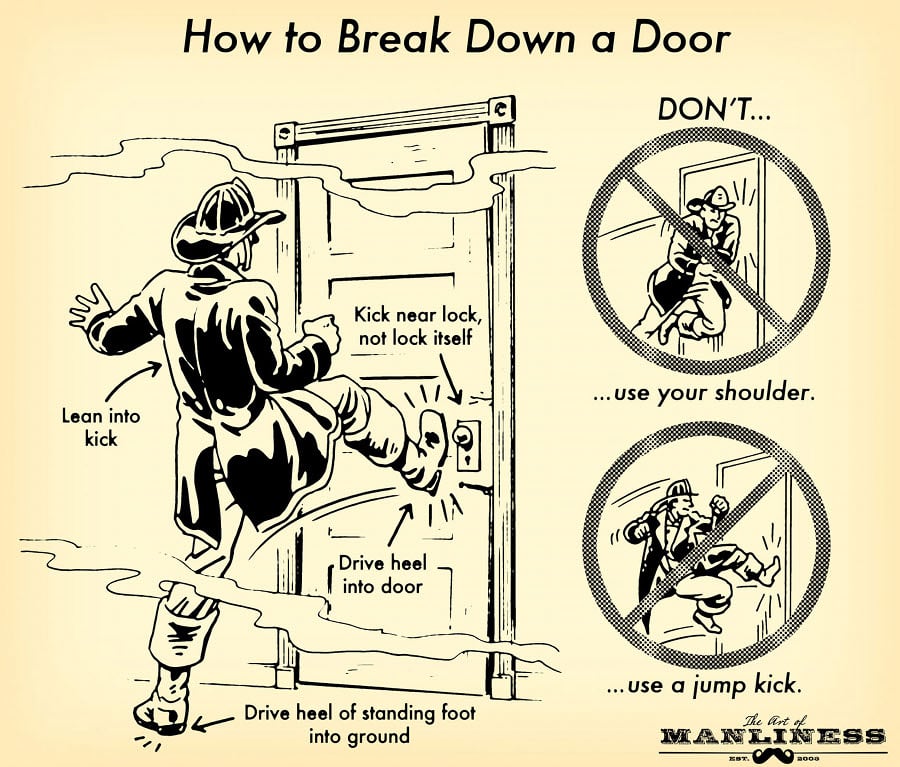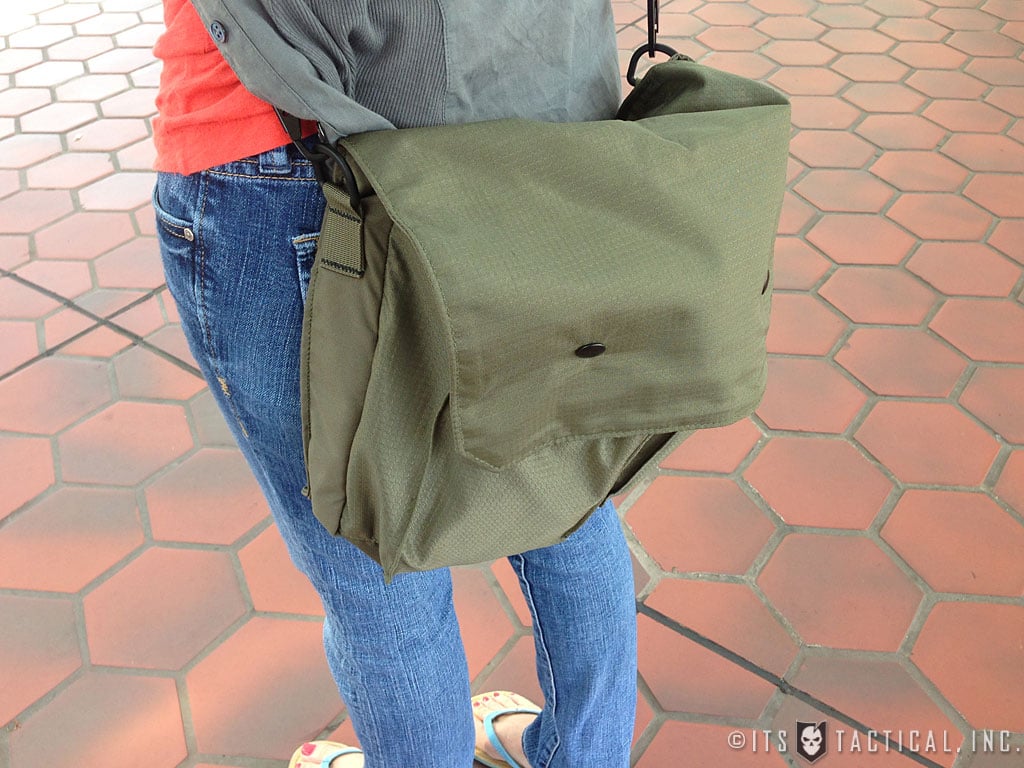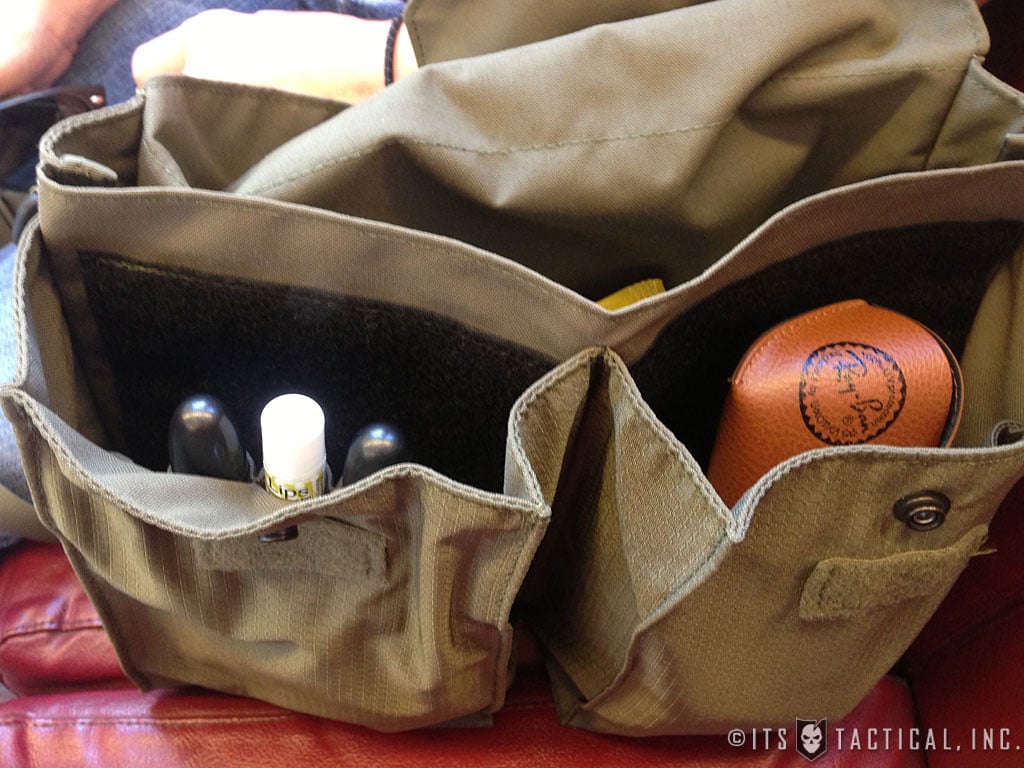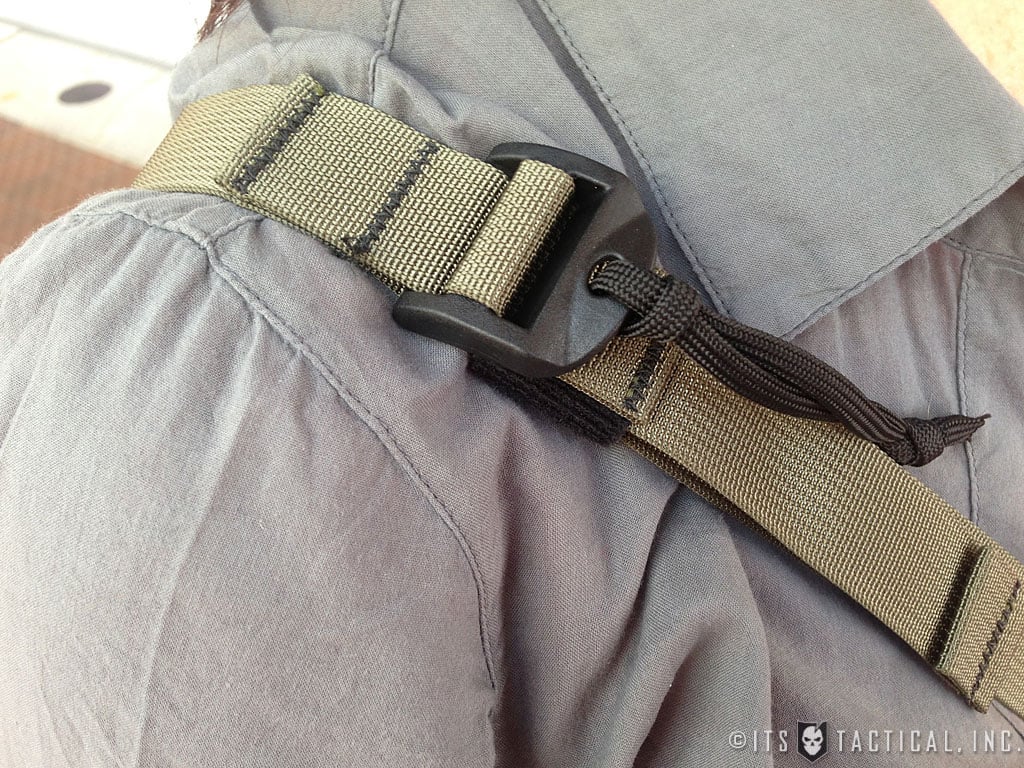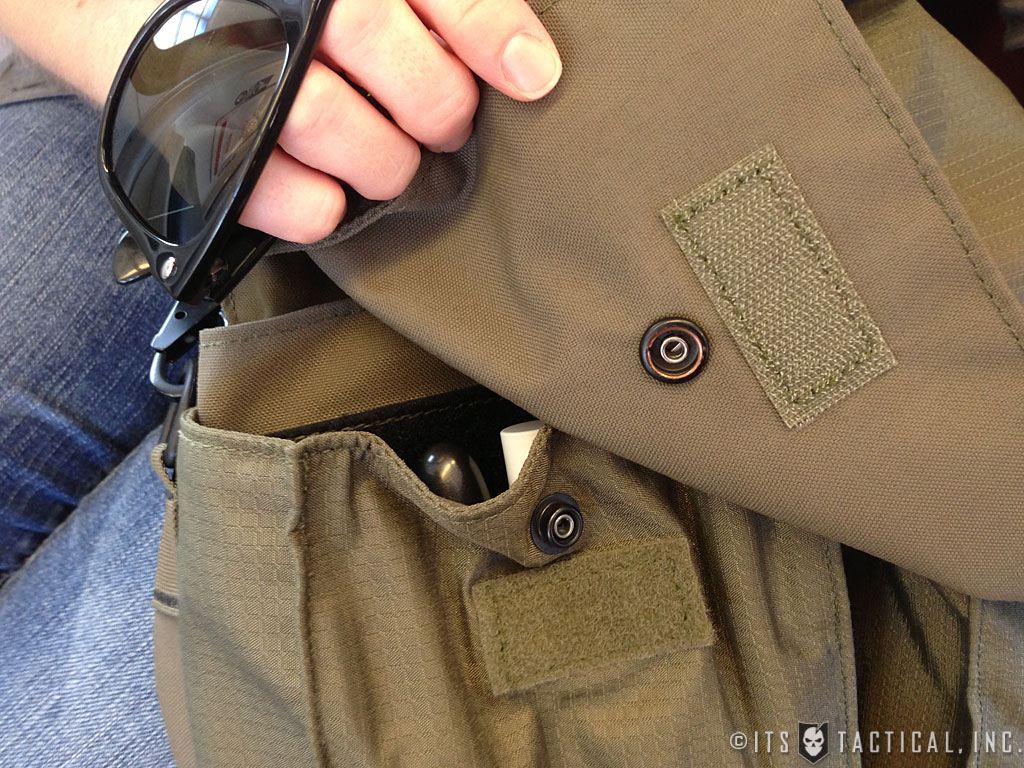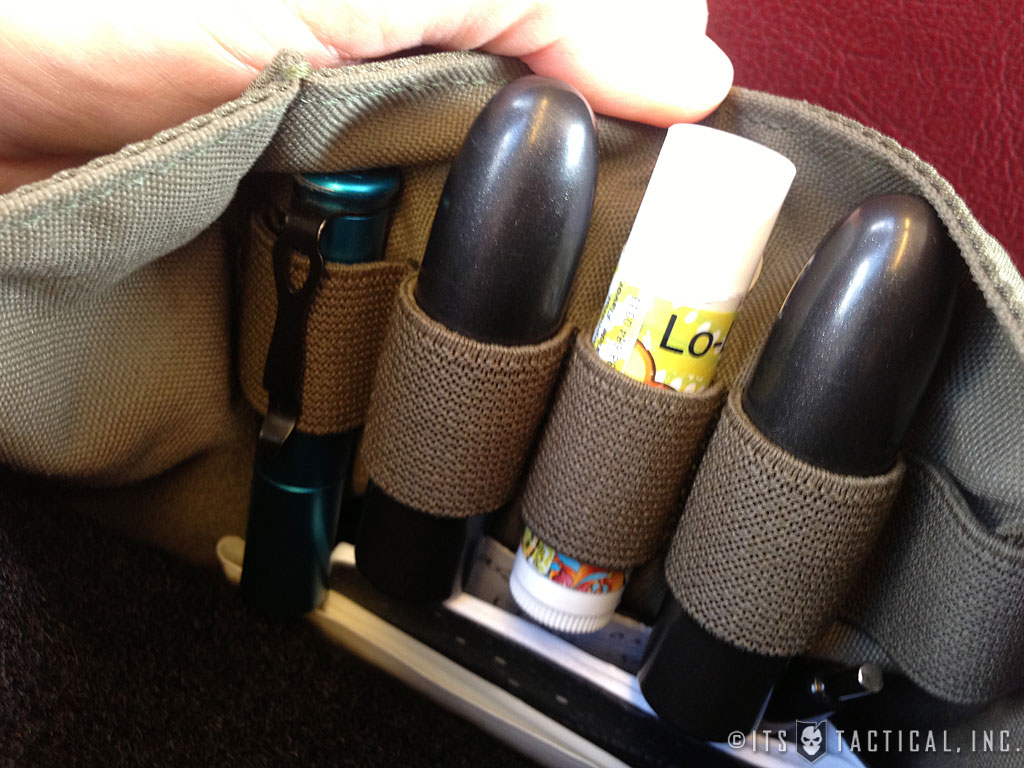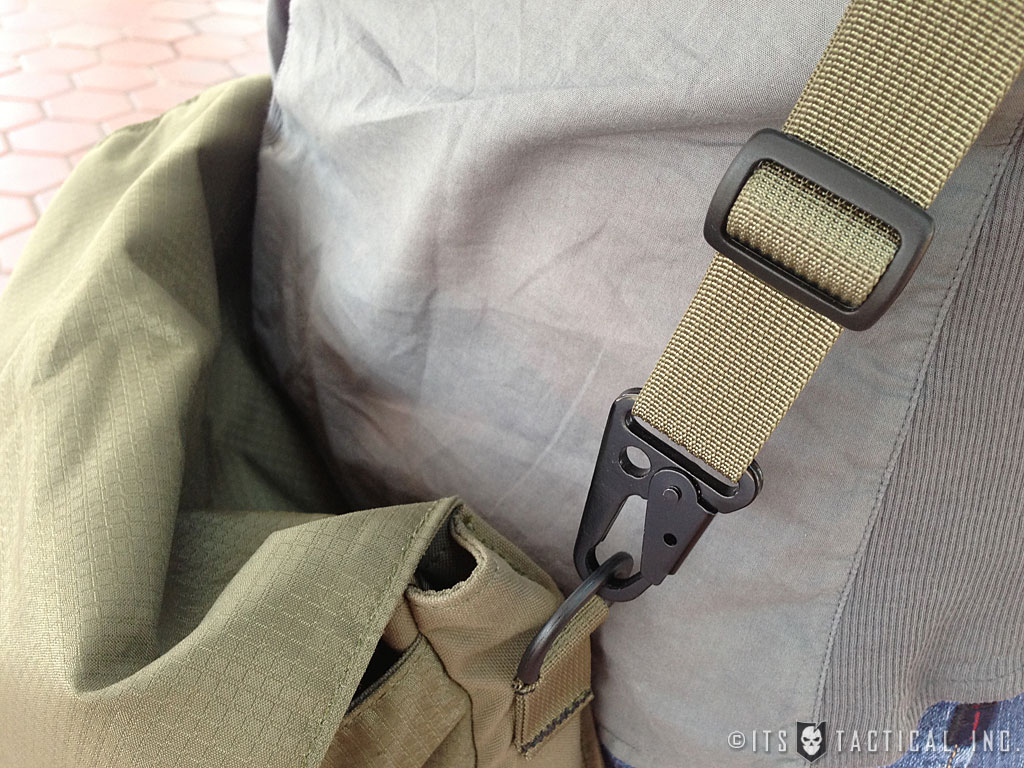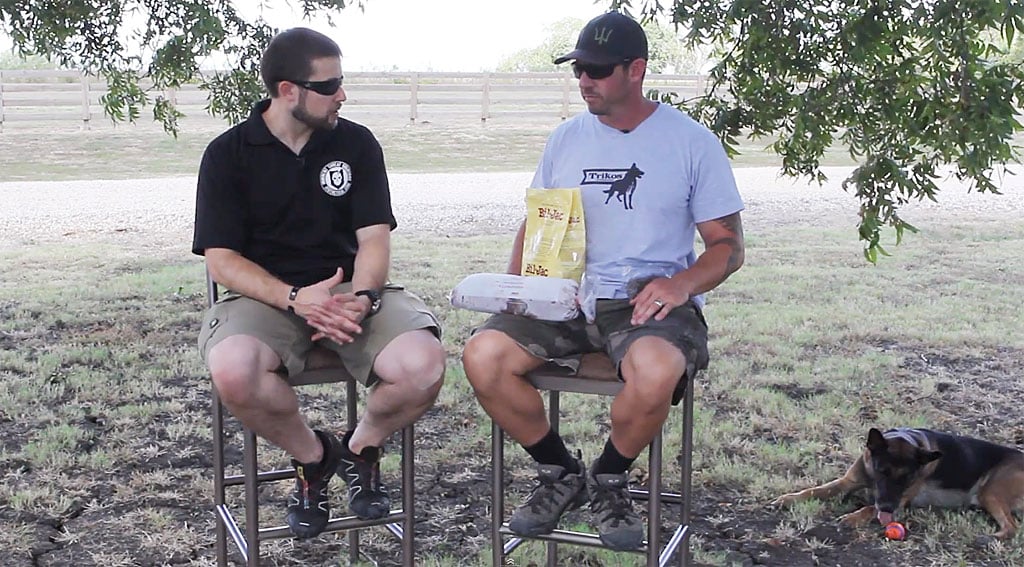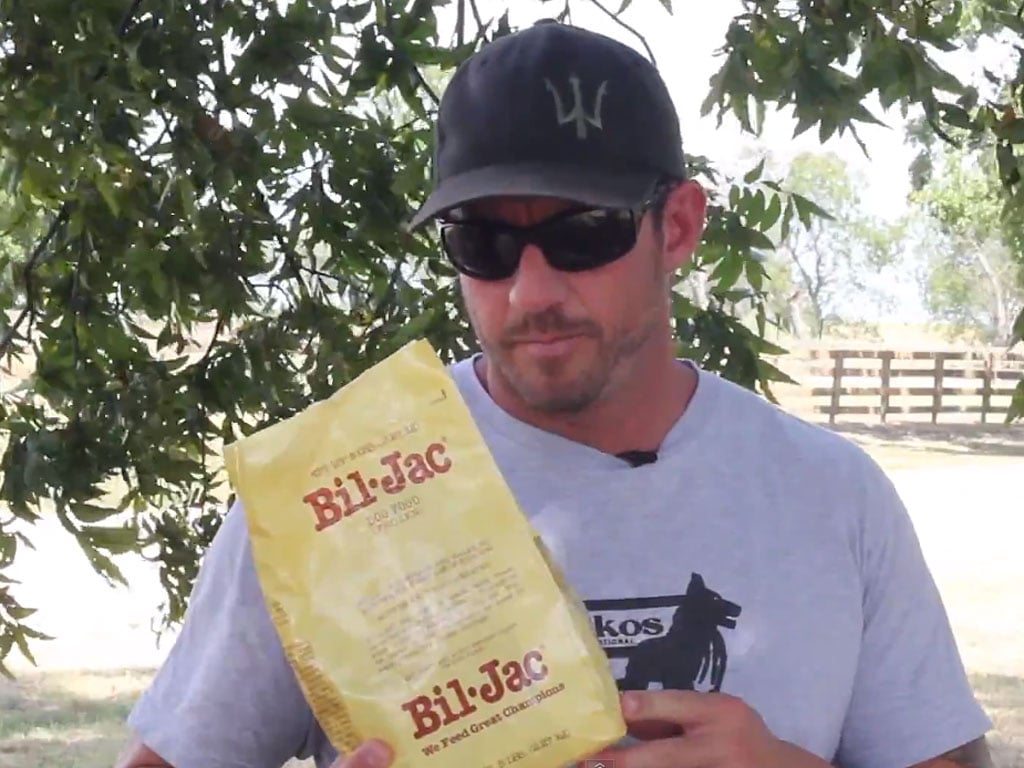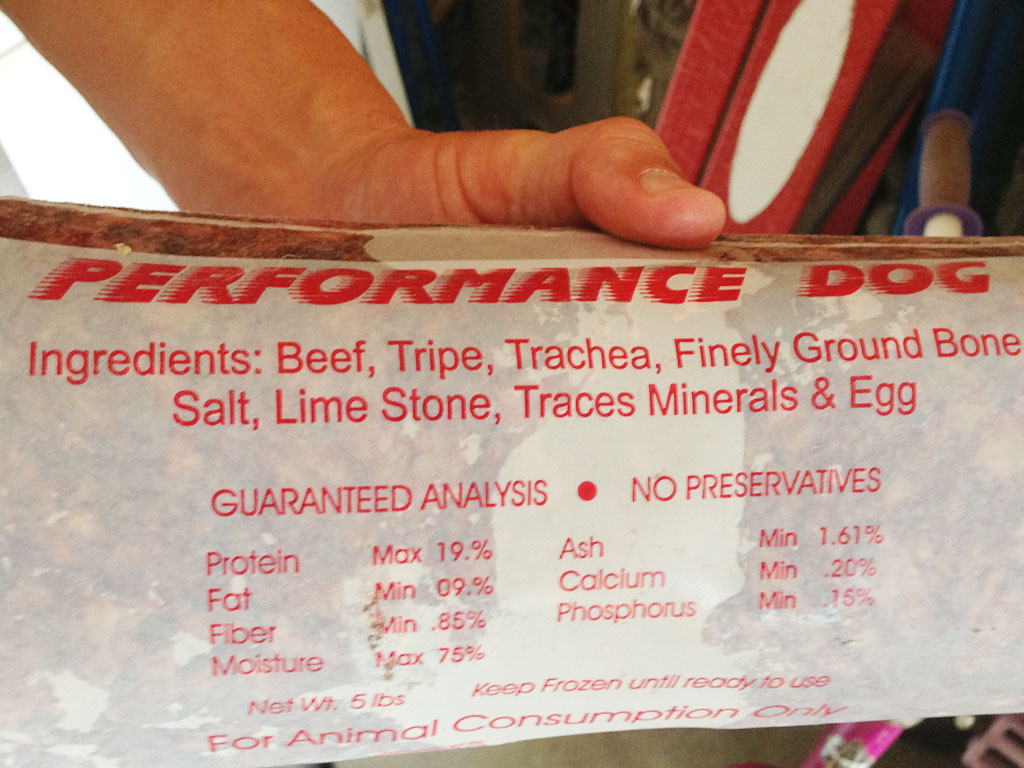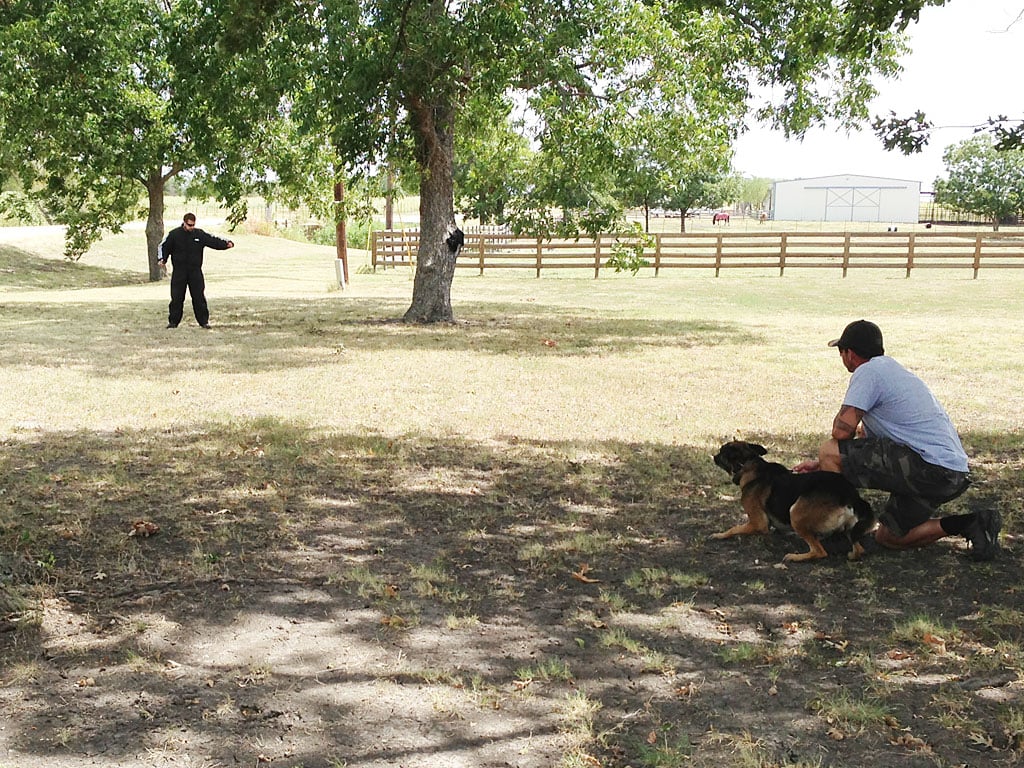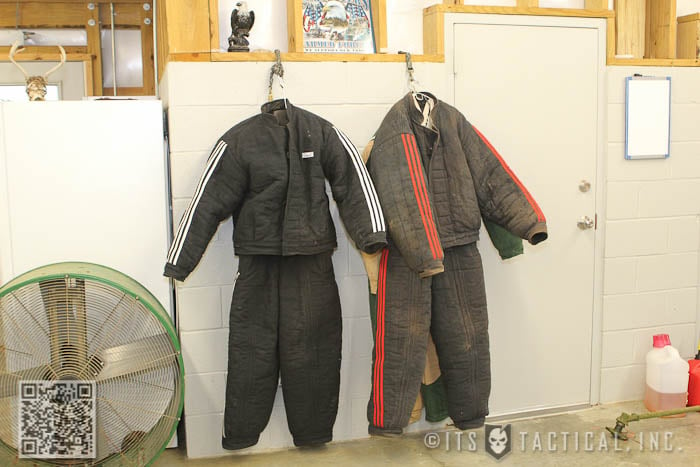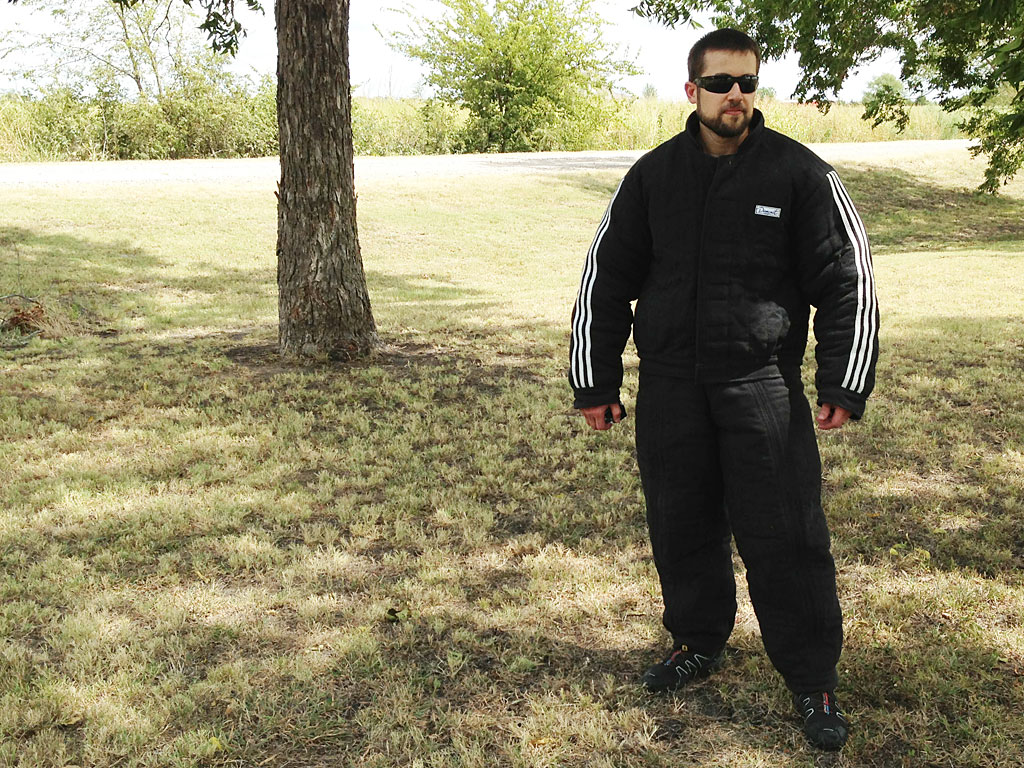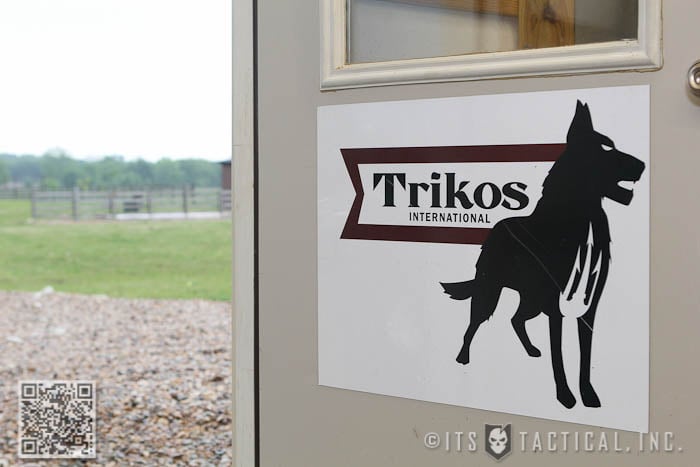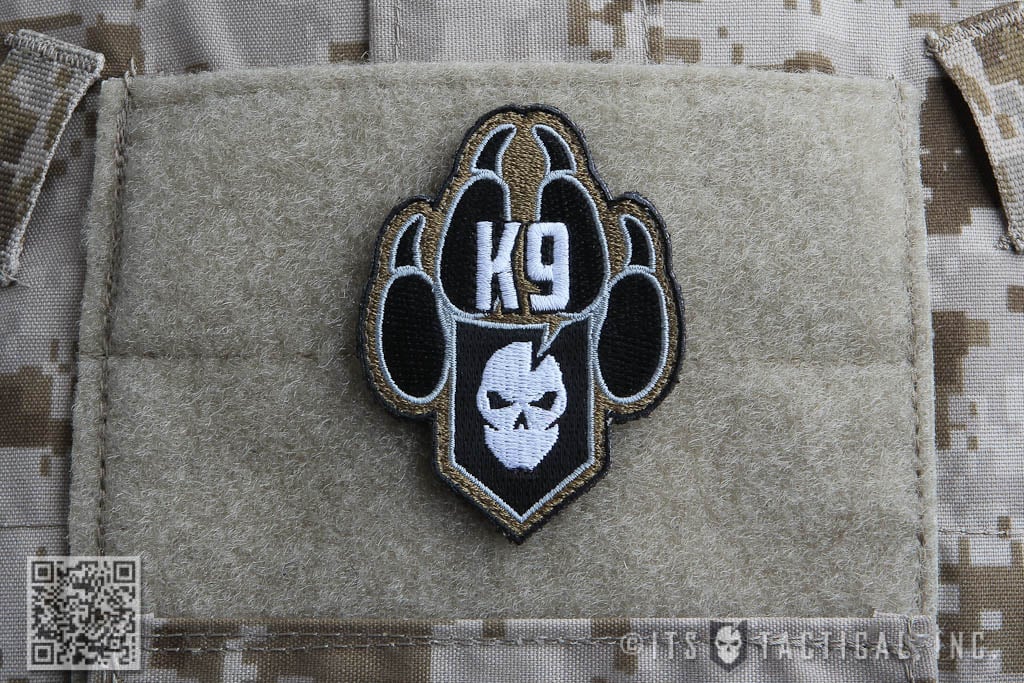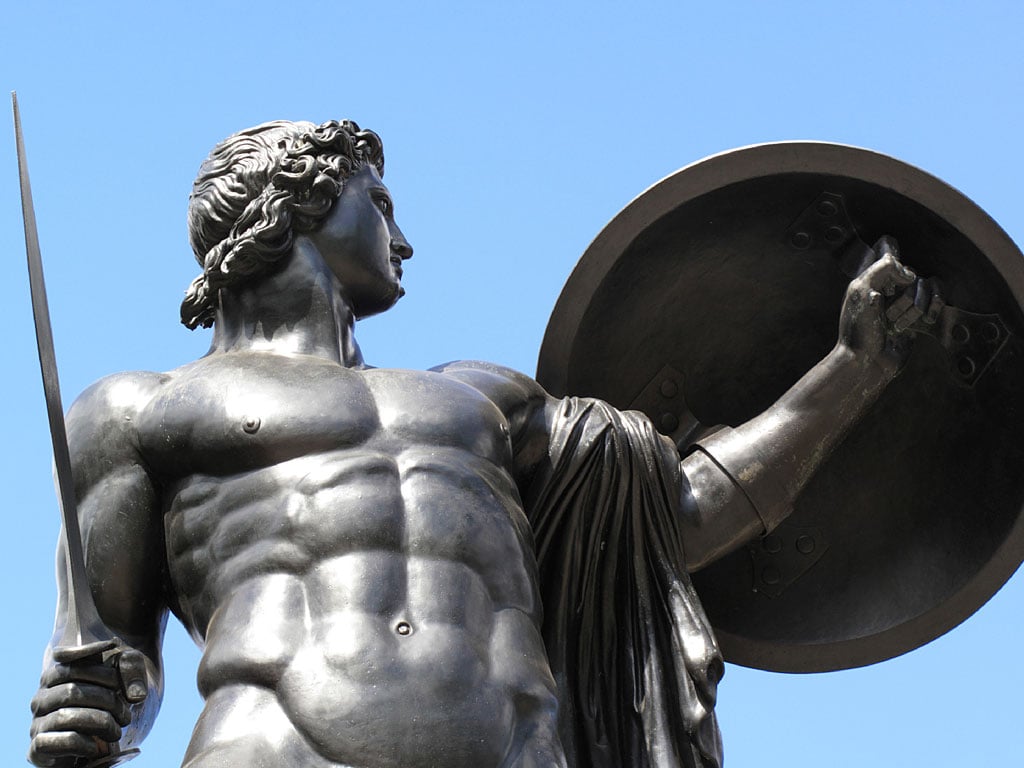
Across the ages every great society has celebrated and revered a great warrior tradition and passed on the stories of these heroes in folklore. We can look back to the Spartans, Roman Legion, Vikings, Knights, Samurai, or Aztecs and each time we will find that a strong warrior class coincided with a strong nation.
The warriors spirit is alive and well here in the greatest nation in history. Although it lives in the hearts and minds of those who serve in our Military, Law Enforcement and other patriots, our society is beginning to shun warriors and move them down the social ladder. At the turn of the 20th century, warfare began to move away from the martial art of combat and move towards a more mechanical, detached system of destruction. This has changed society’s view of what it means to be a warrior, with the true traits taking a backseat to political correctness.
Another reason for the cultural shift in thinking, is that people have seen an increase in the warriors’ dark side. Of course when most of us hear about the Dark Side, we think of Darth Vader in Star Wars and this is good thing. If you understood how the force worked in the movies, you understand how it works in today’s warriors. A warrior has a certain set of traits that can be used for good or evil and it’s up to each one to choose what path he will follow. It’s also up to our society to allow boys to be boys, men to be men and express themselves in manly ways. Sometimes this involves fighting, which if used for the right reason, is a good thing.
Too many people think that in times of war we can turn on a magical switch to activate our warriors and protect our way of life, then when the war is over we turn off the switch and our warriors go back to eating tofu. I’m guessing that most of you reading this would disagree, but understand that being a warrior is a fulltime job; a way of life and something that needs to be trained and tested so we can be ready for our enemies surprise attacks.
A Way of Life
Going to war is not a prerequisite for the title of warrior. ‘Warrior’ is simply a recognized role in society that has played a vital part in every great society in history and will continue to do so for time immortal. The way of the warrior is a never-ending road of self-discovery and self-improvement. Although it’s difficult to travel and the rewards are few, let’s talk about the traits you’ll need to join the warrior class.
Confident
For the guys that I train, I know this is one of the biggest indicators of success in any combat environment. I can see if they’re confident before we even start training. It’s why my Navy SEAL brothers and I can spot one another out in public, even if we’ve never met. A warrior is sure of oneself; having no uncertainty about one’s own abilities or successfulness. Start with the end in mind – You will win. It’s not a question.
Decisive
Displaying little or no hesitation in battle is vital to survival. Warriors are known for their decisive manner.
Assertive
Warriors are leaders. To be a good leader you need to be confident and direct in claiming your rights or putting forward your views.
Strong
You don’t need to bench 500 pounds to join the club, but you do need to make the most of the muscles you have. Even the most skillful swordsman needs to have the strength to pick up the sword. This applies to mental muscle as well. You need to have a determined will in all that you do. A strong mind can make up for a weak body, but not the other way around.
Skillful
Having the right mindset is vital, but you need a skill-set to match that big brain of yours. The skills themselves can vary, but the more mad-ninja skills you have the more balanced you’ll become. “Know your sword” ~ Musashi
Active
You need to be moving, doing, or functioning at all times. Ideas and theories are great, but action is what gets thing done. Once you’ve got a plan, execute.
Aggressive
When most people think about being aggressive, they think of a Pit Bull with a bad owner. That aspect can and should be used in combat, but I’m talking about being assertive, bold and energetic.
Disciplined
You’ve got a plan, you’re confident you can do it, now you need to have the discipline to stick to your plan. Getting up every morning at 0400 so you can hit the gym before work sucks! Being fat and out of shape sucks worse! Not hitting the snooze takes discipline. Warriors are disciplined.
Adaptable
Navy SEALS have friend we call Max Flex. It means we need to be able to adjust quickly to different conditions. Being adaptable is what allows species to survive evolution. The way warriors survive in combat is by adapting to the ever-changing battlefield.
Vigilant
You never know when the balloon will go up so you have to be ready 24/7. You need to see everything that’s happening around you and be prepared to react appropriately. Warriors are always prepared and ready.
Patient
No, not the kind you find in a hospital bed. Having patience means, bearing pains or trials calmly or without complaint. It means manning-up. I’ll always remember the whiners in BUDs complaining about how cold or tired they were. Guess what? We were ALL cold and tired and complaining didn’t make them any warmer (although quitting did).
Clever
A warrior needs to be mentally quick and resourceful. When things go to hell, it always happens fast and you need the metal prowess to quickly invent a new way to do what you were just trying to do. Things rarely go exactly as planned and you need to be smart enough to adapt.
Brave
One of the biggest lessons I’ve taught my kids is what it means to be brave. Like most people (and even some dictionaries) they thought being brave meant that you weren’t afraid. This is actually the opposite what it means. Being brave means that YOU ARE AFRAID, but you do the offending task in spite of your fears. I’m not afraid to ride roller coasters so me riding one does not make me brave. When my youngest son was afraid to ride a roller coaster for the first time he was afraid, but he was brave enough to go anyways.
Loyal
An arrow without a tip is just a stick. A warrior needs direction, and that comes from being faithful to a cause, ideal or institution. This could be your family, your country, or a religion. Having loyalty will keep you guided along your path; just make sure you keep it in balance with the other traits.
Loving
A warrior has confronted death and understands the value of life. Warriors whose lives are in balance are peaceful, unselfish and have a compassionate concern for the good of others. The love of his family is what gives the warrior his internal energy to constantly train for battle and strength to survive once he’s there.
I know this is a long list and the kicker is that it’s far from complete. My original goal was to come up with a nice sounding number to write about like, “Seven Traits of a Warrior”, but as I started to compile the list it grew far beyond seven and I simply stopped at a point that I thought would give you a good overview of the complexities inside every warrior. You’ll become a true Renaissance-Man in your quest for warrior status, but just remember to stay away from the dark side.
The Dark Side
Like yin and yang, hot and cold or dark and light, all the above traits have two sides that can manifest. If your life is unbalanced, the dark side will be the stronger force and your actions will demonstrate this fact. There are several ways a warrior can become unbalanced and it’s important to quickly recognize this and take corrective actions.
Simply not being well rounded is the quickest way to become unbalanced. We see this with religious extremists who concentrate so much on loyalty to their religion, that they completely neglect things like patience and love.
Suppression of a warrior’s God-given drive will also slowly lead to an imbalance and manifest itself in negative ways. Telling boys it’s wrong to fight is like telling a bird it’s wrong to fly. Holding back someone from what they are supposed to do will lead to unwanted consequences down the road.
Sometimes warriors are traumatized which can effectively short-circuit their systems. It doesn’t make them evil; they are the same person displaying the dark side of their traits. We see this with warriors coming home with PTSD and need to recognize the problem and put them back on the right path.
Finally being improperly or inadequately trained can lead to imbalances. This is happening all over the Middle East where Jihadists’ are training their children to be warriors. They are loyal to religion, disciplined, confident – they have all the traits, but they are being trained that God wants them to kill the enemy, while killing themselves in the process. Bad training of good people.
As you train yourself to become a warrior, be on the lookout for these imbalances and correct them as soon as possible. Like a magnet, all warriors have two sides and you cannot separate them. No matter how thin you slice a magnet it will always have a North and South Pole. In the same way, no matter how much of the dark side you try to remove, you’ll always be left with both sides.
Becoming a Warrior
- Grow a set of NUTs! (Non-negotiable, Unalterable Terms) and live by them. These are anything you’re not willing to compromise in life, Period.
- Start practicing some form of martial arts. MMA, karate, boxing, jujitsu – Pick one you like and go get punched in the face a few times. Find a school near you or start off with a great instructional karate book or video.
- Meditate – This may be getting too close to the spiritual realm for some of you, but meditation is one of the most important things you can do for your mind and body. Sit in a quiet room with your eyes closed and work on quieting your mind for 20-minutes a day. At first you’ll think it’s impossible, then you’ll be able to clear your mind for a few seconds. It gets easier as your life becomes more balanced.
- Find something you’re afraid of and go do it. If it’s a roller coaster, ride them until you stop crying like a 5 year-old girl; if it’s public speaking, join ToastMasters. Everyone has fears – warriors overcome them.
- Workout. It doesn’t matter what you do, just workout hard. Breathe heavy, sweat. If you puke, that’s a good indicator that you’re getting closer to being a warrior!
- Embrace competition. Sign up for a race, a fight or just challenge someone to arm-wrestle. Prove that you’re better than someone else or work until you are.
- Next time your wife asks you where you want to go to dinner, give an answer and get in the car. Be more decisive. The more decisions you make, the easier they are make.
- Start establishing routines and habits in everything you do. We are what we repeatedly do.
- Write down your goals and core values. Review them once a month. If you don’t have a map for your life, how can you expect to get where you want to go?
- Become a master at everything you do. Everything in life is either worth doing well or it’s not worth doing.
- Stop any addictions. If you smoke, do drugs, drink to excess – your life is not in balance.
- Shoot guns. If you don’t know how, find the best book to learn how to shoot and read it.
- Watch warrior movies to see how you’re supposed to be acting. This is my list of inspiring warrior movies.
Editor-in-Chief’s Note: Chris is a former Navy SEAL and the Director of Training for Center Mass Group, which was founded by two former Navy SEAL Instructors. Giving people the experience of being trained by the most elite combat unit in the world, Chris is currently a Maritime-Counter-Terrorism and advanced marksmanship Instructor who has trained DOD, DHS, FBI, CIA and multiple foreign allies in all aspects of combat weapons handling, marksmanship and Maritime Operations. His new book, How to Shoot Like a Navy SEAL, is now available and definitely worthwhile to check out!
